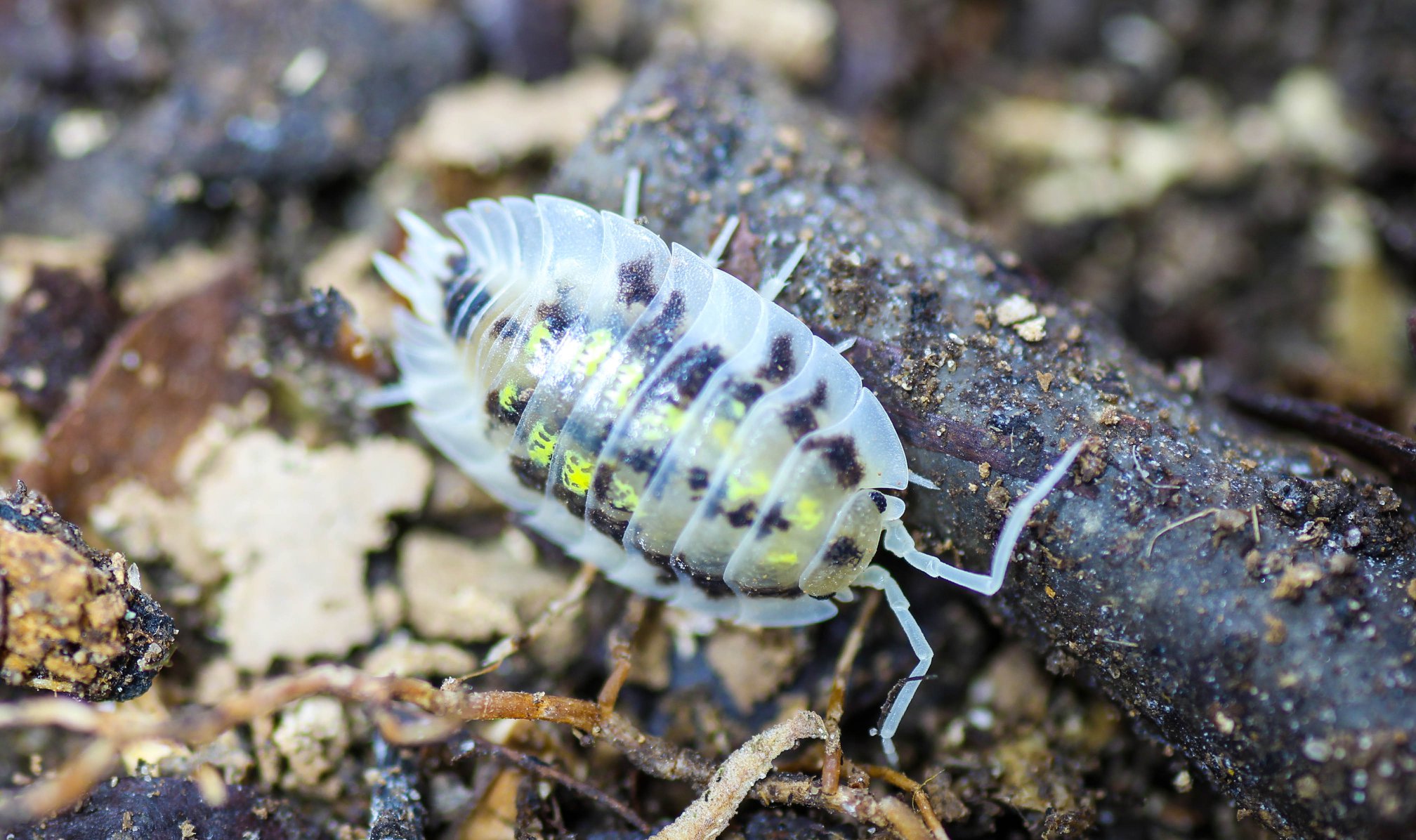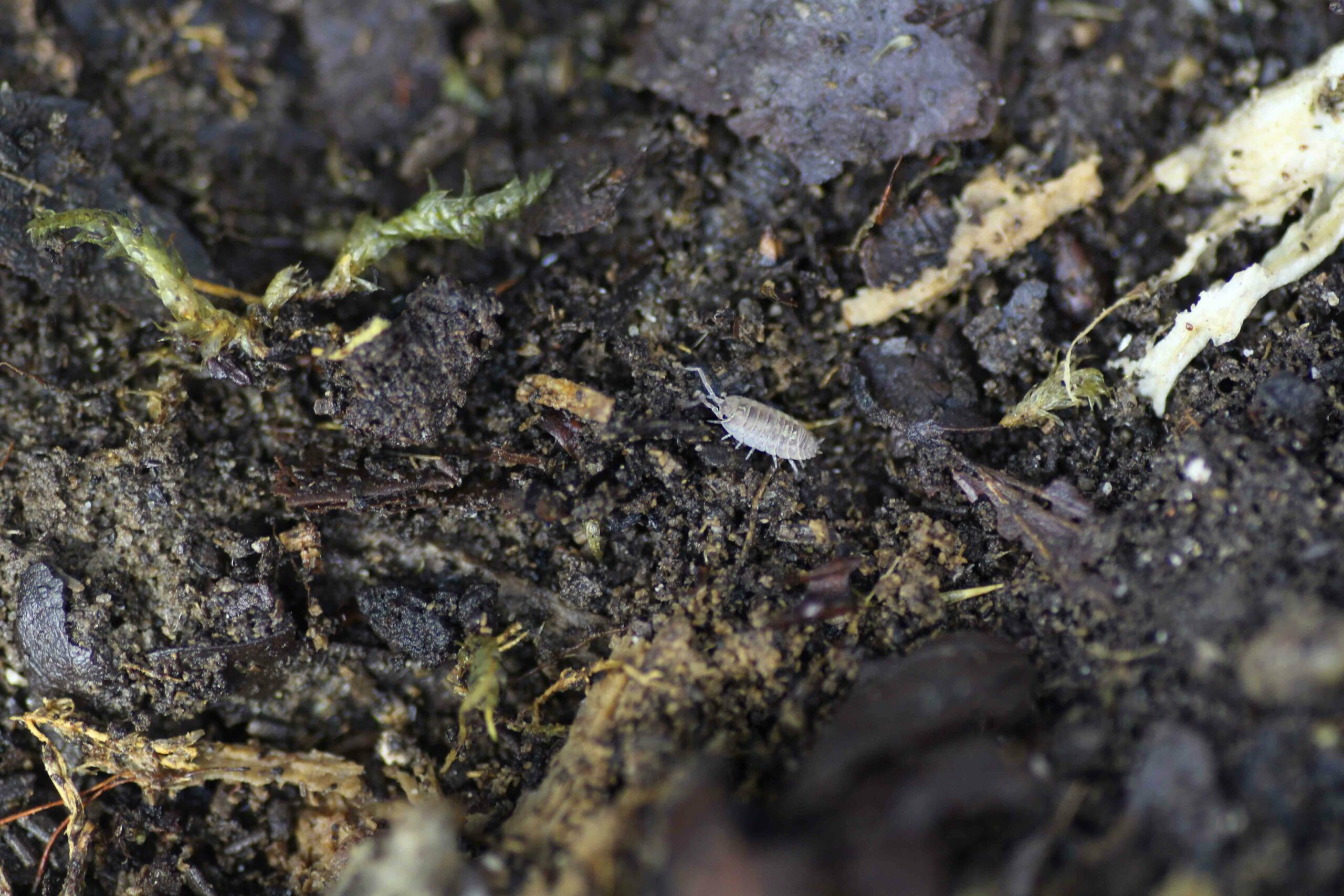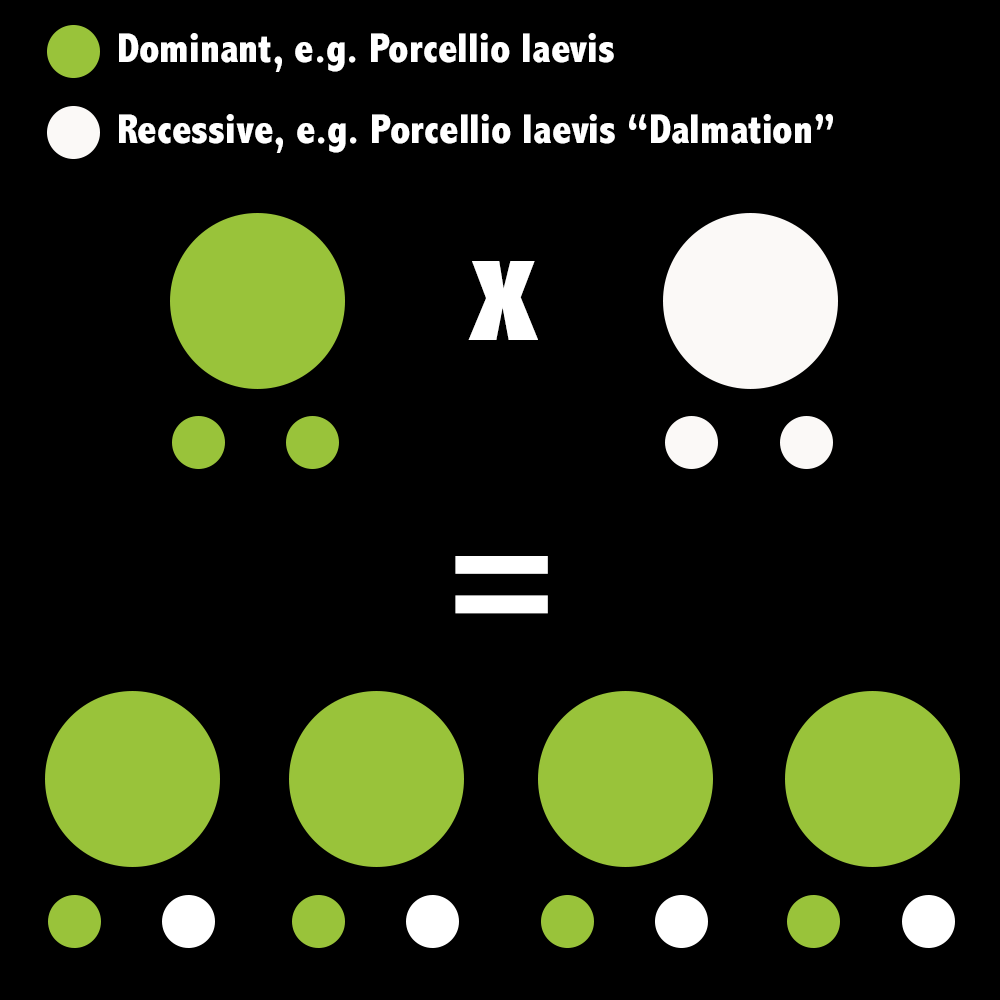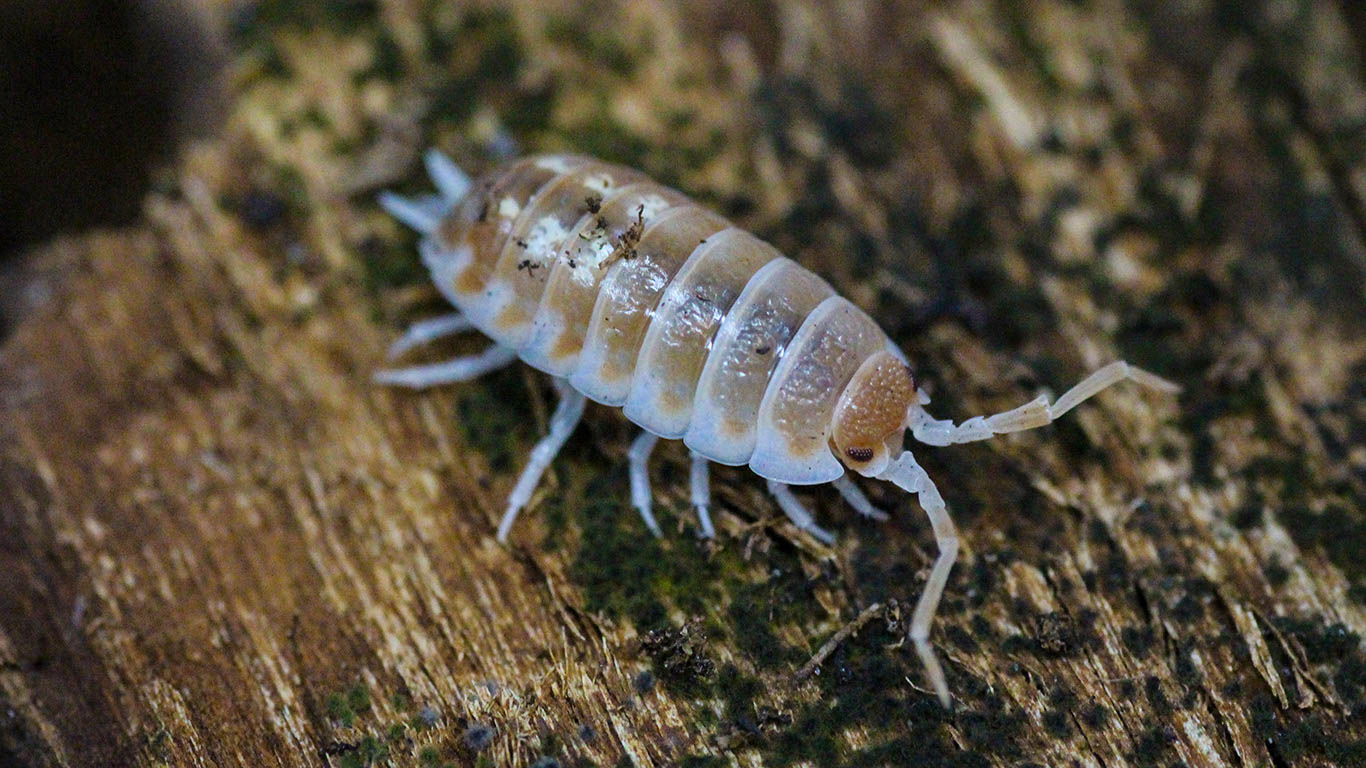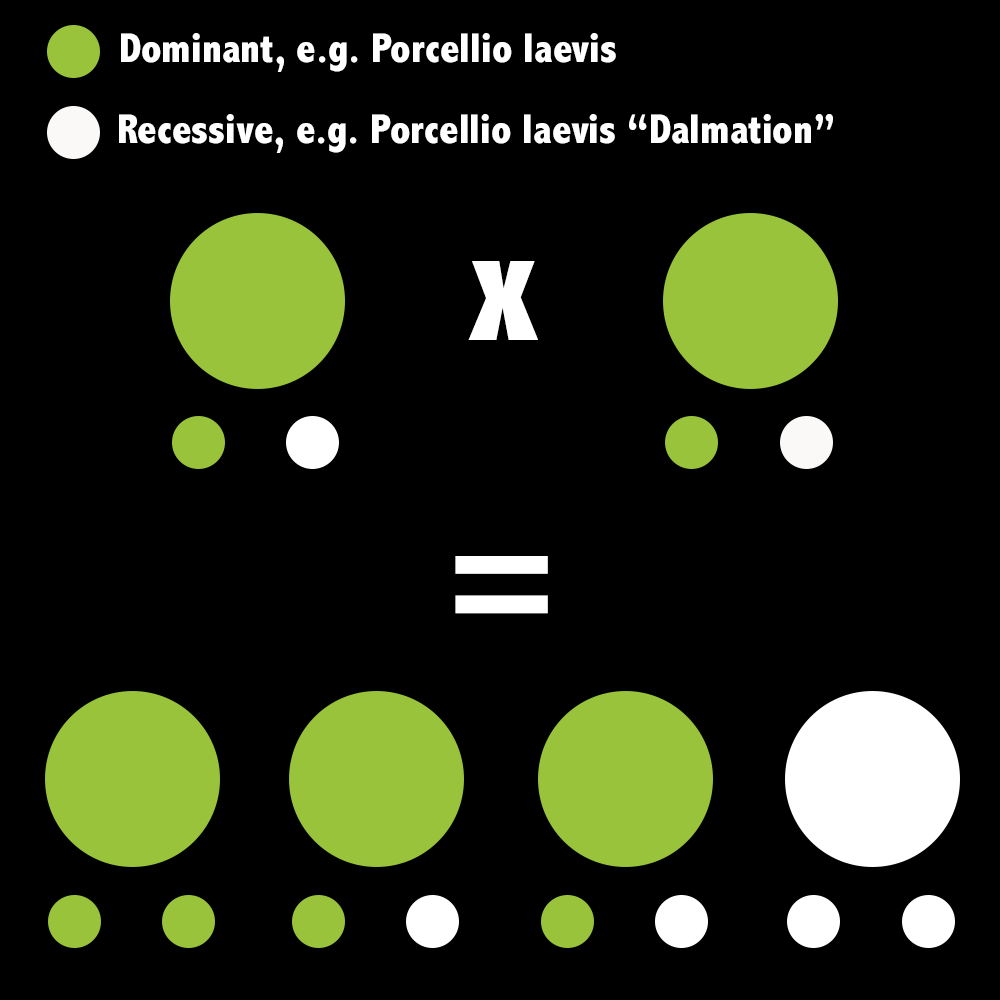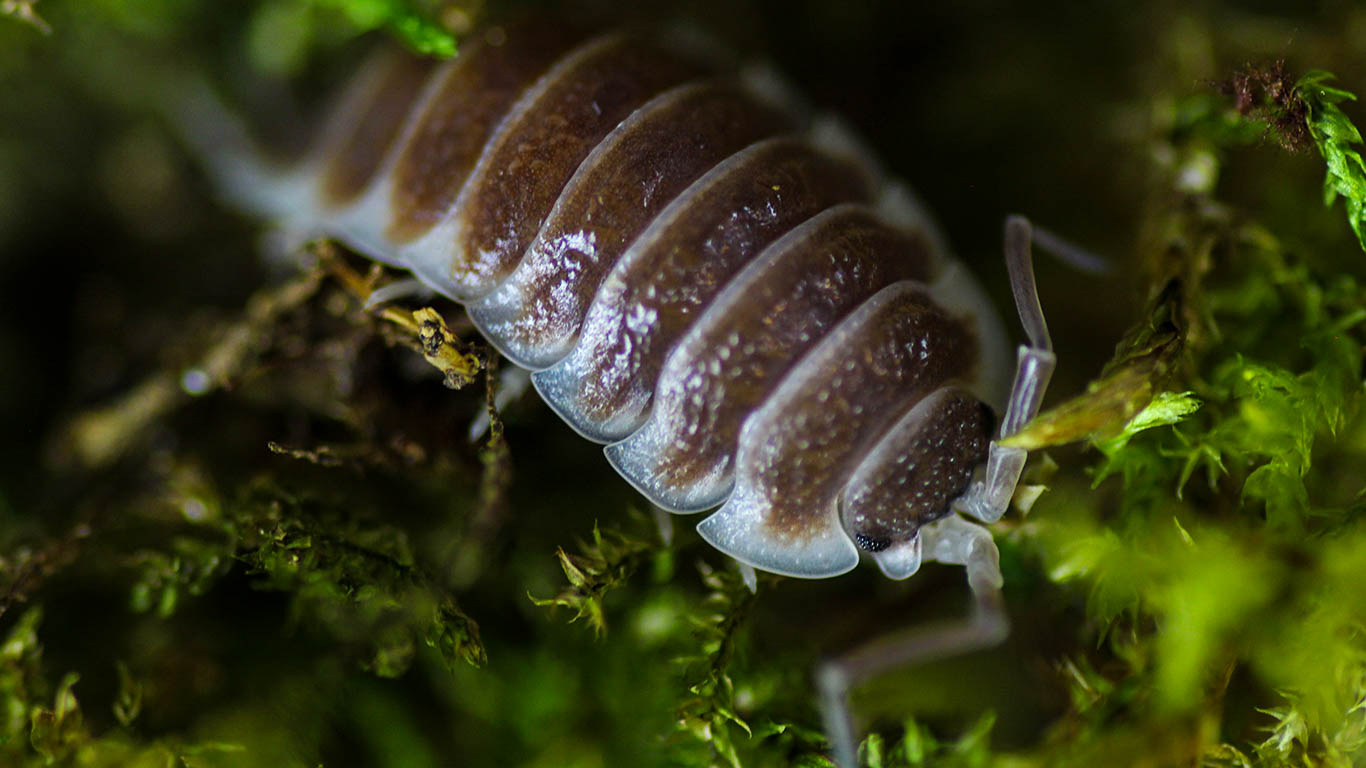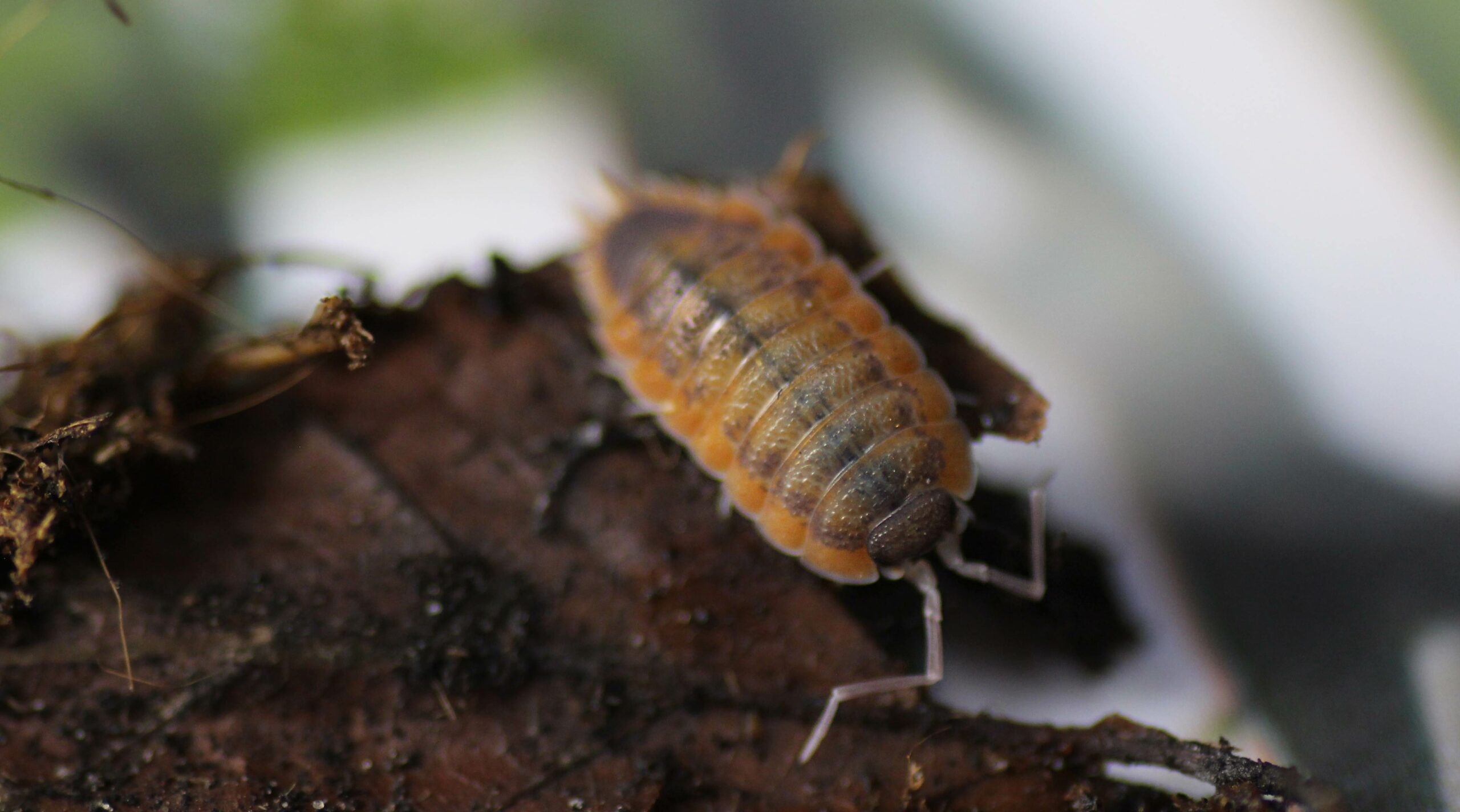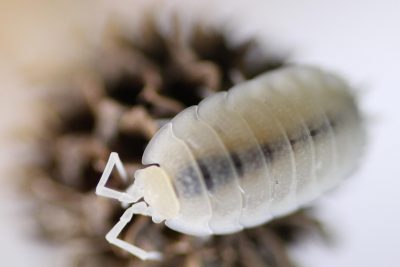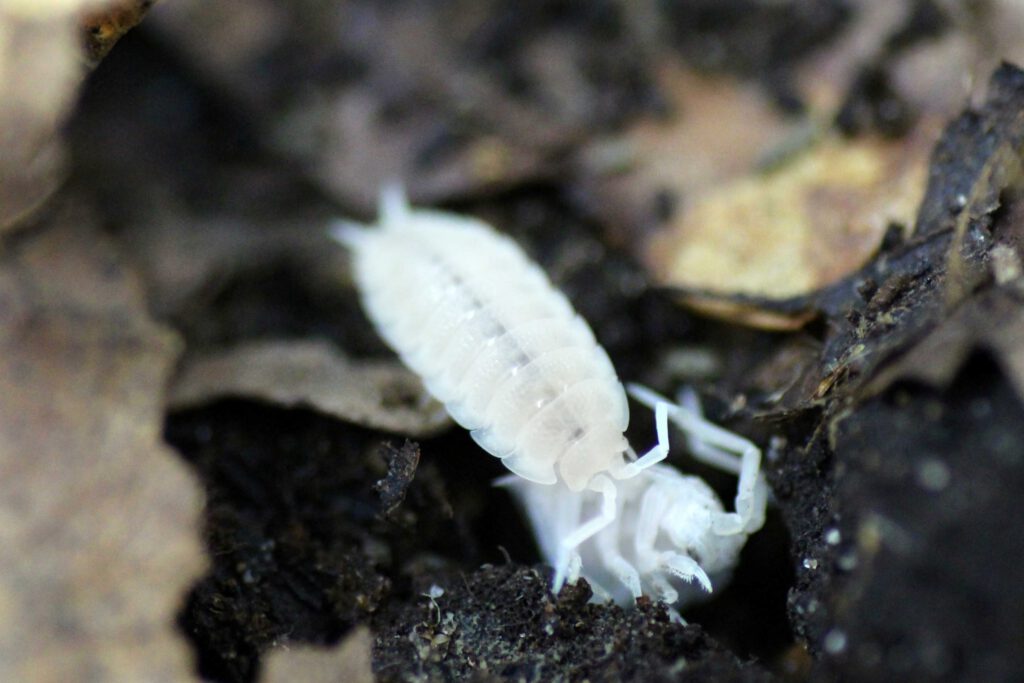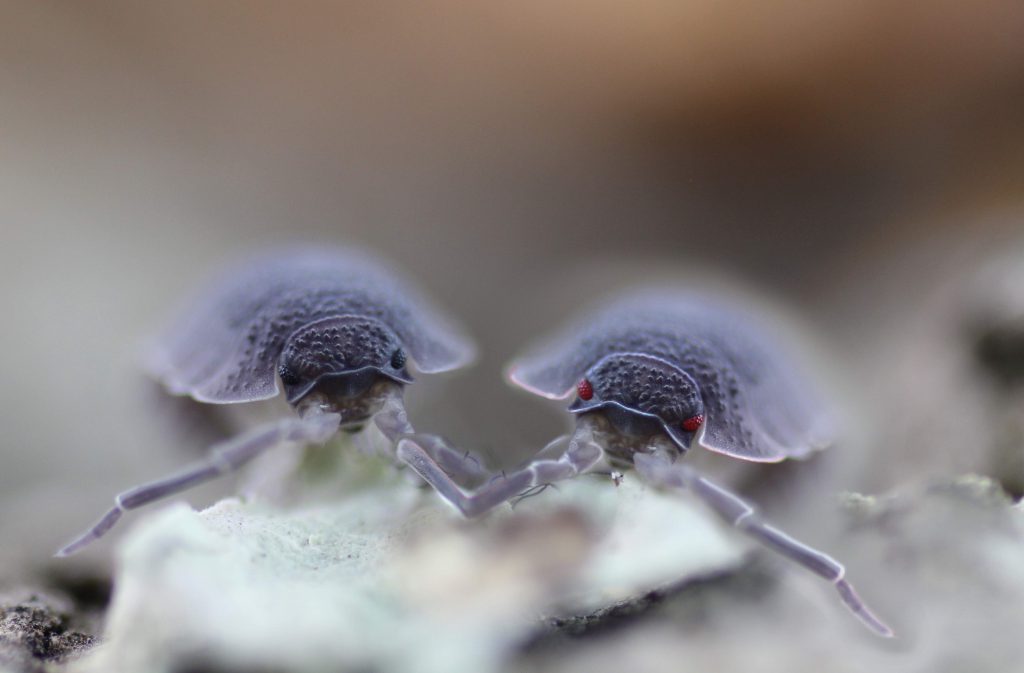Updates to our newest breeding forms
Meanwhile, woodlise are offered in various breeding-colors and -patterns, so-called color-morphs. The selection of beautifully coloured, special or rare specimens is constantly increasing.
Also in our breeding stock there are always such mutations, about which I will report on this page regularly. It is important for me to inform you from the discovery of a new color morph to breeding and selection.
Part of our daily work is dedicated to our isopod color morphs. We distinguish between the naturally occurring mutations and the so-called designer morphs.
While e.g. albinos, orange, caramel, Dalmatian or High Yellow have been discovered sometime in the wild or in local breeding and are “pure-bred” at same time, designer morphs are combinations of two or more natural mutations.




